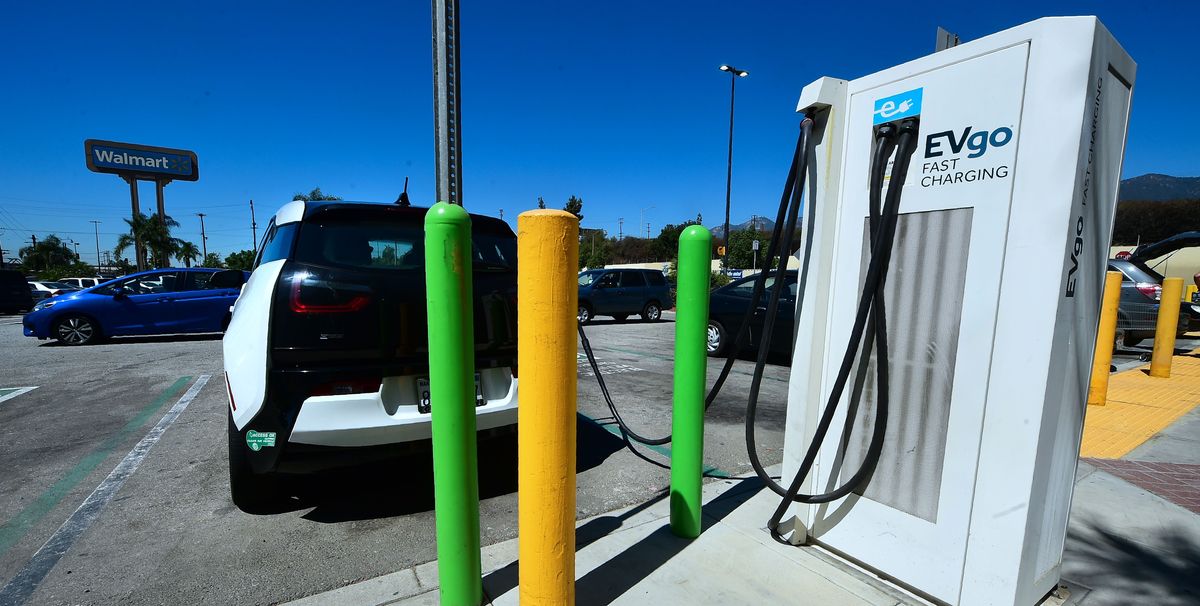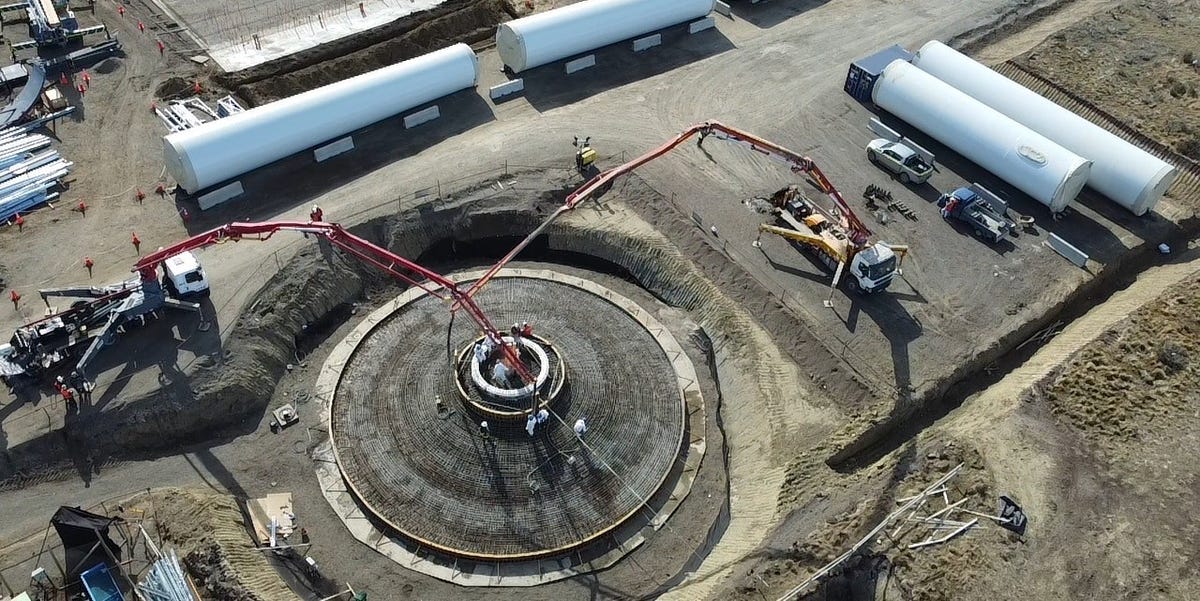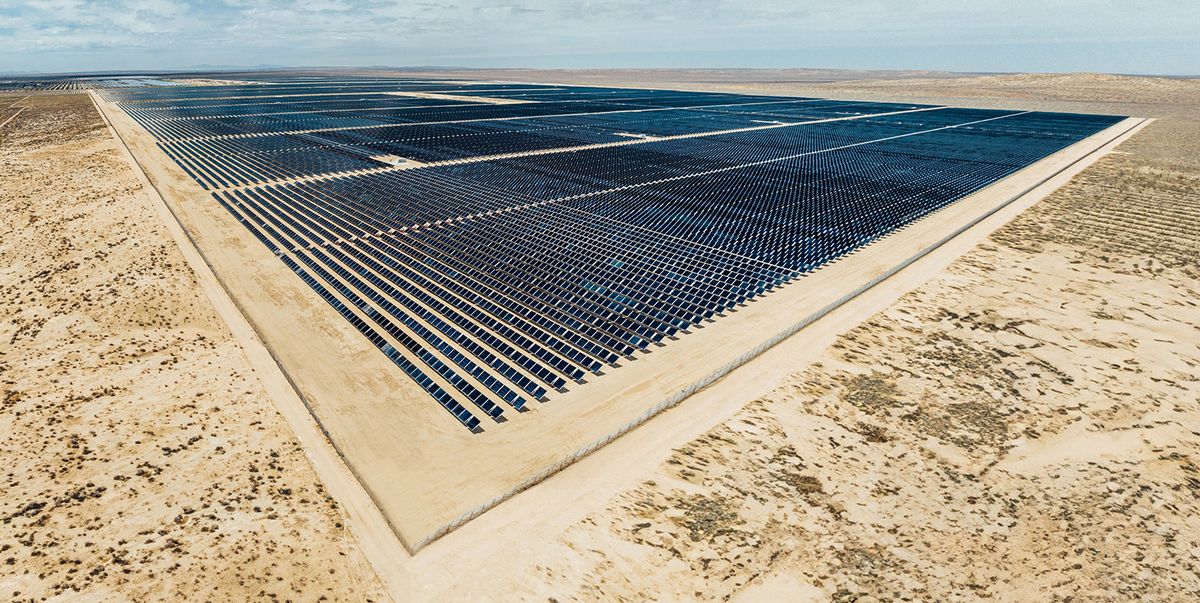Dave D
Flashlight Enthusiast
I didn't realise how much of a price difference there is between Europe and the USA in cost of a solar installation!!
I just watched 'Undecided with Matt Ferrell' on Youtube about his five years experience with his solar installation.
In 2018 he had 9.49kw of solar panels, with inverters etc, installed at a cost of $29,609, he received a 30% Federal Tax Incentive of $8,883 which brought his cost down to $20,726.
In 2021 I had 5.94kw of solar panels, the inverter and a 16.7kwh LifePo battery installed, here in Europe for a cost of $18,000.
The system Matt had installed did not include a battery at that time, he added a Tesla Power Wall later, my battery was about $11,000 so about $7,000 for the rest, which if I'd increased it to 9.49kw would have cost in the region of $11,000, my costs didn't include any financial incentives from the Government.
5 Years with Solar Panels - Is It Still Worth It?
I just watched 'Undecided with Matt Ferrell' on Youtube about his five years experience with his solar installation.
In 2018 he had 9.49kw of solar panels, with inverters etc, installed at a cost of $29,609, he received a 30% Federal Tax Incentive of $8,883 which brought his cost down to $20,726.
In 2021 I had 5.94kw of solar panels, the inverter and a 16.7kwh LifePo battery installed, here in Europe for a cost of $18,000.
The system Matt had installed did not include a battery at that time, he added a Tesla Power Wall later, my battery was about $11,000 so about $7,000 for the rest, which if I'd increased it to 9.49kw would have cost in the region of $11,000, my costs didn't include any financial incentives from the Government.
5 Years with Solar Panels - Is It Still Worth It?









